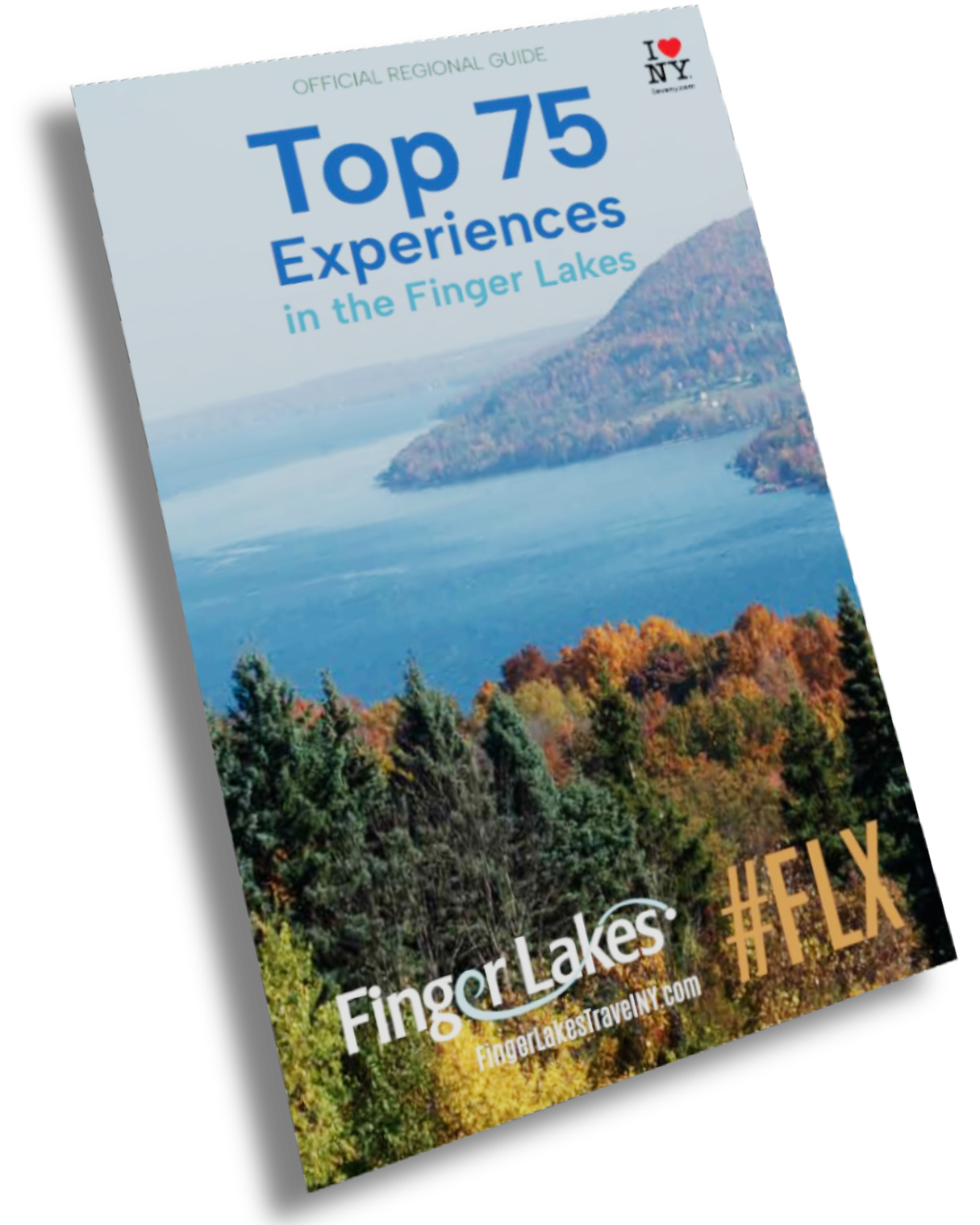
11 Places to Dive into Women’s History in the Finger Lakes
2017 marks the 100th anniversary of women’s suffrage in New York State. Women have had a powerful history in the Finger Lakes Region, making their mark in the area since 1848, when the first Women’s Rights Convention was held in Seneca Falls. It is often known as the birthplace of the American Women’s Rights Movement, as well as home to notable figures like Susan B. Anthony, Elizabeth Cady Stanton and Matilda Joslyn Gage.
Dive in and learn from the rich history and modern marvels of American women in the area:
If you’re looking to celebrate women’s history in a modern way:
Goodies at the 1872 Cafe in Rochester, NY

Enjoy a coffee or lunch at the spot where Susan B. Anthony voted (illegally) in 1872. What was a polling place in Susan B. Anthony’s day is now a café, appropriately named 1872 Café. The café takes great pride in its role in U.S. history and the interior is decorated with portraits and quotes from inspiring women throughout history.
Grab tickets for Bristol Valley Theater’s “Hear Me Roar” series, celebrating women’s voices from suffragist to dramatist. To celebrate the voices of women, Karin Bowersock, artistic director, has selected a summer season of plays written by women, expressing the diversity and creative power of the female dramatic voice. Bristol Valley Theater will also partner with the National Susan B. Anthony House and the Women’s Rights National Historical Park to perform at commemorative events this summer. They will feature solo performances by women, guest speakers and panel discussions.
If you’re a history buff, the Finger Lakes is home to many historical landmarks and homes, including:
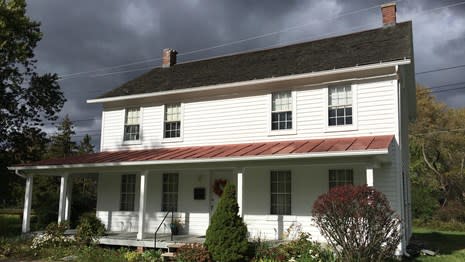
The Harriet Tubman Home, Auburn, NY
The Harriet Tubman National Historical Park (Auburn, NY) – Harriet Tubman is known for her work with the Underground Railroad. She believed in the equality of all people, fought for her own freedom as well as the freedom of others and gave speeches about her experience as a female slave and as the liberator of hundreds born under the bondage of slavery.
See Tubman’s residence and the Tubman Home for the Aged at the park and visit the nearby Thompson Memorial African Methodist Episcopal Zion Church and Harriet Tubman’s gravesite.
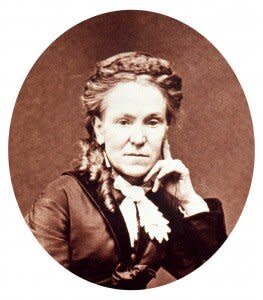
Matilda Joslyn Gage was a co-founder of the National Women Suffrage Association and the Women’s National Liberal Union. Visit her home in Fayetteville, NY
The Matilda Joslyn Gage Foundation (Fayetteville, NY) – Matilda Joslyn Gage was co-founder of the National Women Suffrage Association (NWSA). Gage wrote, along with Susan B Anthony and Elizabeth Cady Stanton, the multi-volume History of Woman Suffrage. However, after a dispute with Anthony over the separation of church and state in government, Gage’s name was removed as an author. Gage then left the NWSA and founded the Women’s National Liberal Union.
Sit at Matilda’s desk and write her a letter, dress up in period clothing, play the piano, spend time in the Oz reading corner and join the staff for high tea. Learn about the life and times of Gage and how her home also served as a station on the Underground Railroad.
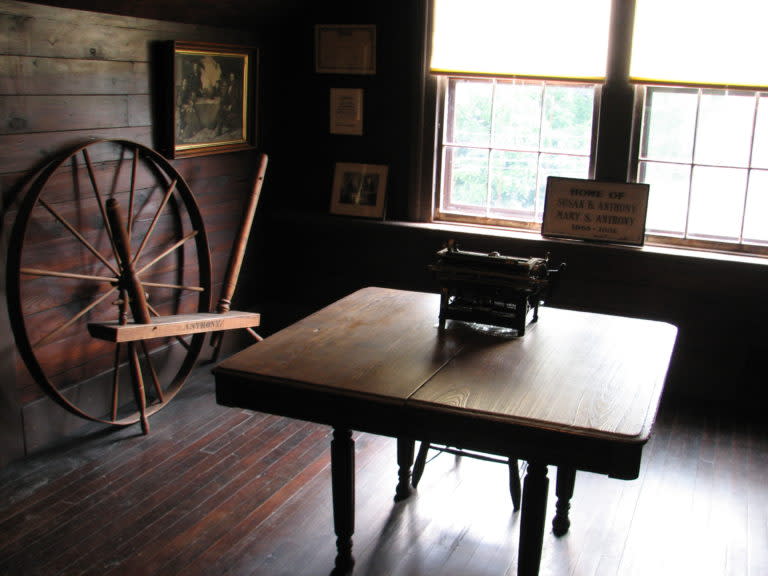
Susan B Anthony workspace, Rochester, NY
National Susan B. Anthony Museum and House (Rochester, NY) – Susan B. Anthony was a legendary American civil rights leader, fighting for equal rights and voting rights for women. She was a tireless advocate, even getting arrested for illegally voting in 1872 in Rochester.
Tour the home, which was Anthony’s personal residence as well as home to the headquarters of the National American Women’s Suffrage Association when she was its president. Anthony’s gravesite can be found nearby in Mount Hope Cemetery, and her statue stands in the park down the road from her home.
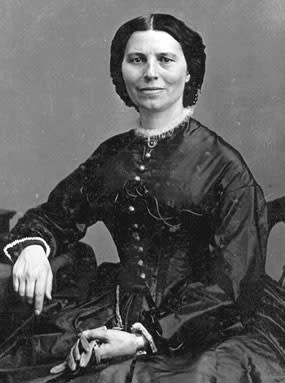
Clara Barton founded the first American Red Cross chapter in August of 1881 in Dansville, NY.
The Clara Barton Museum of the American Red Cross, Chapter #1 (Dansville, NY) – Clara Barton founded the first American Red Cross chapter in August of 1881. Barton led the organization for the next 23 years, later established the National First Aid Association of America and served as its leader for another five years. She wrote and published several books, detailing the beginnings of the American Red Cross and the global Red Cross network.
See the chapter house, which was donated to the Red Cross in 1949 and serves as an office and museum. It contains an archival collection, historic Civil War-era artifacts, and other Red Cross memorabilia. The Chapter House educates visitors about the history of volunteerism, the American Red Cross and its founder, Clara Barton.
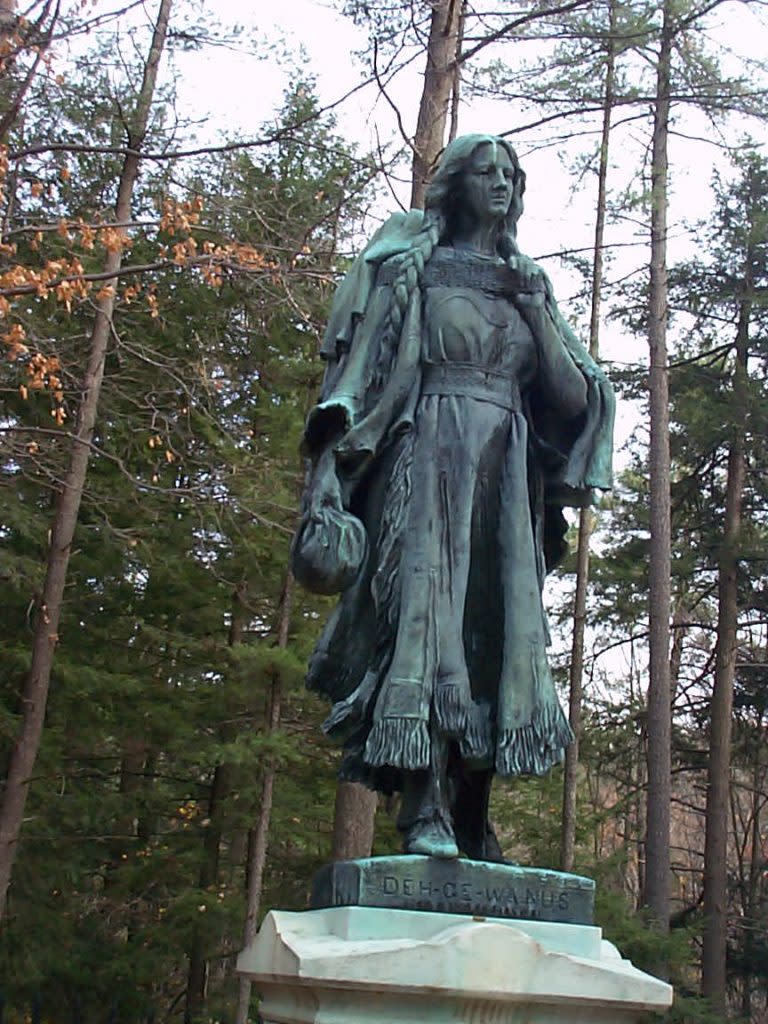
Visit Mary Jemison’s gravesite and cabin replica in Letchworth State Park, Mount Morris, NY
The Mary Jemison Gravesite and Statue (Letchworth State Park, Mount Morris, NY) – Mary Jemison, known as the “White Woman of the Genesee” or Dehgewanus (her Seneca name), was taken captive by Native Americans of the Seneca Nation in 1758. She adapted to Seneca life and later became a well-respected member of the Seneca Nation and a skilled negotiator during the Treaty of Big Tree in 1797.
Visit a replica of Mary Jemison’s cabin inside the park, which is right next to her gravesite. A statue of Mary Jemison sits atop a granite marker, erected by Mr. Letchworth not long after her reburial.

The Narcissa Prentiss House, Prattsburgh, NY
The Narcissa Prentiss House (Prattsburgh, NY) – Narcissa Prentiss Whitman was one of the first two white women to journey across the continent and cross the Rocky Mountains on foot, opening the way for future emigrants who journeyed on the Oregon Trail. In her quest to become a missionary, Whitman began working with Native Americans to share the teachings of the gospel. However, growing distrust between the tribes and white settlers led to an eventual attack on Narcissa, her husband and several others, who were killed in what came to be known as The Whitman Massacre.
Learn more about her tragic history through real artifacts, quilts, antique clothing, and a room dedicated to the Pratt family, founders of Prattsburgh.
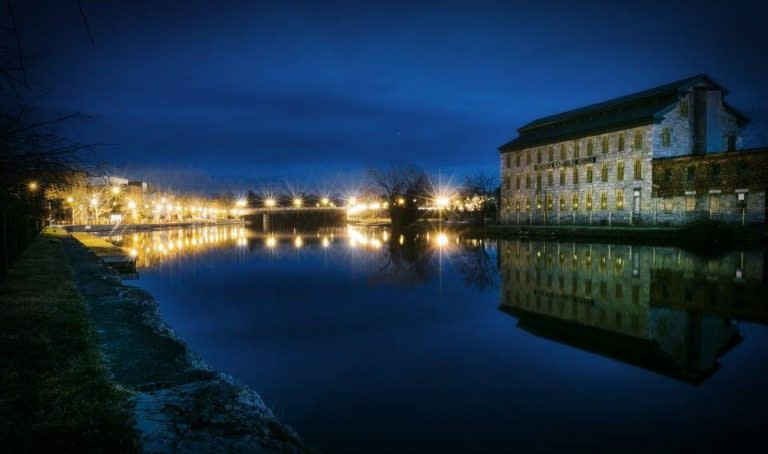
National Women’s Hall of Fame, Seneca Falls, NY
Photo credit: Rachel Burkholder
In the heart of the Finger Lakes, lies the Women’s Rights National Historical Park and the National Women’s Hall of Fame in Seneca Falls, NY. The Historical Park was the site of the first women’s rights convention that took place in 1848, while the hall pays tribute to the legendary women of yesterday and today that fought for their rights and those of their descendants.
More fun facts on how the region has supported the growth of women:
Elmira College was the first institution to grant women a college degree equal to that of men. Founded in 1855 as Elmira Female College, the college welcomed Susan B. Anthony and Elizabeth Cady Stanton to speak and promote their cause. The college’s colors, gold and purple, and the iris were adopted by those representing the women’s suffrage movement.
Tompkins County is significant in the fact that it was one of just five counties that successfully voted to pass a resolution for suffrage at the state level in 1915. Additionally:
Two conventions for women’s suffrage – one in 1894 and another in 1911 – were held in part due to Cornell University’s presence and the support of the university’s founder, Ezra Cornell, to the movement. Cornell had even gone so far as to invite Susan B. Anthony to speak at the university in 1869, long before the momentum for women’s suffrage truly began to build.
On April 17, 2017, Martha E. Pollack, provost and executive vice president for academic affairs at the University of Michigan, will become the 14th president of Cornell University, taking over after the tragic death of former female Cornell University President Elizabeth Garrett last March.


